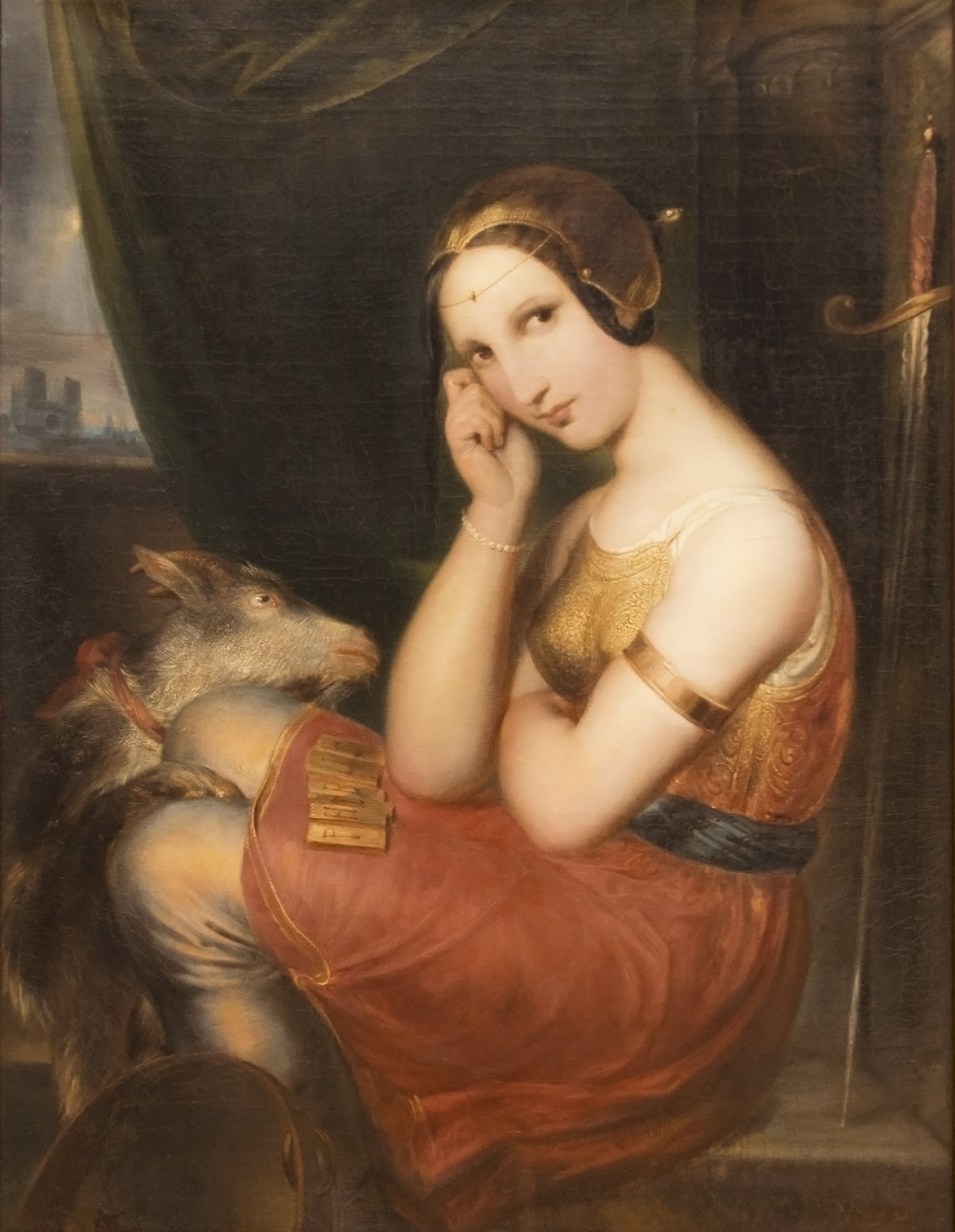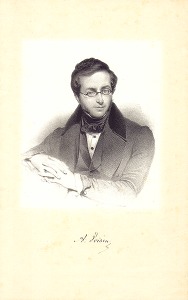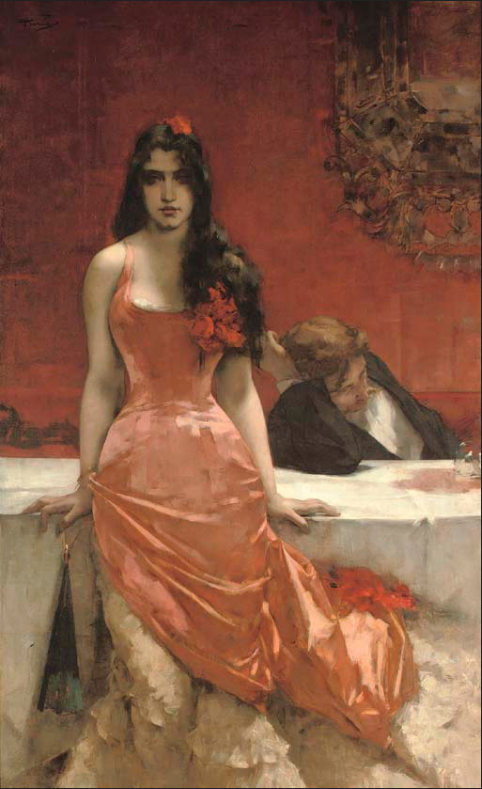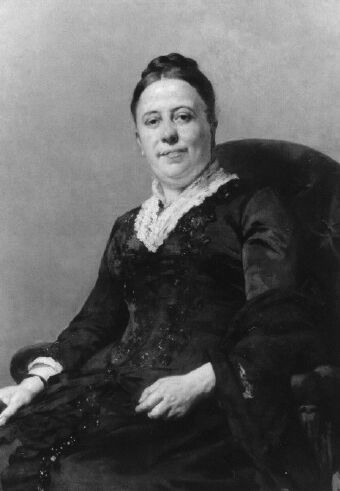|
1839 In Belgium
Events in the year 1839 in Belgium. Incumbents *Monarchy of Belgium, Monarch: Leopold I of Belgium, Leopold I *Prime Minister of Belgium, Prime Minister: Barthélémy de Theux de Meylandt Events *19 April – Treaty of London (1839), Treaty of London guarantees Belgian independence and neutrality; Luxembourg and Limburg partitioned. *21 May – Royal Library of Belgium opens to the public. *11 June – 1839 Belgian general election, Parliamentary elections Publications * Maetschappy der Vlaemsche Bibliophilen founded by Constant-Philippe Serrure and Philip Blommaert as a text publication society to produce editions of Flemish literature#Medieval Flemish literature, medieval Flemish literature. ;Periodicals *''Bibliographie de la Belgique, ou catalogue général de livres belges'' (Brussels, C. Muquardt) *''Revue de Bruxelles'', 3. ;Official publications *''Machines à vapeur: Arrêtés et instructions'' (Brussels, Librairie Polytechnique) ;Other works * ''Kronyk van Vlaenderen ... [...More Info...] [...Related Items...] OR: [Wikipedia] [Google] [Baidu] |
Belgium
Belgium, ; french: Belgique ; german: Belgien officially the Kingdom of Belgium, is a country in Northwestern Europe. The country is bordered by the Netherlands to the north, Germany to the east, Luxembourg to the southeast, France to the southwest, and the North Sea to the northwest. It covers an area of and has a population of more than 11.5 million, making it the 22nd most densely populated country in the world and the 6th most densely populated country in Europe, with a density of . Belgium is part of an area known as the Low Countries, historically a somewhat larger region than the Benelux group of states, as it also included parts of northern France. The capital and largest city is Brussels; other major cities are Antwerp, Ghent, Charleroi, Liège, Bruges, Namur, and Leuven. Belgium is a sovereign state and a federal constitutional monarchy with a parliamentary system. Its institutional organization is complex and is structured on both regional ... [...More Info...] [...Related Items...] OR: [Wikipedia] [Google] [Baidu] |
Auguste Voisin
Auguste Voisin (1800–1843) was a French-born Belgian historian, librarian and university professor. Life Voisin was born in Pernes-lès-Boulogne on 9 March 1800 and was educated at the royal college in Ghent and then Ghent University, where he graduated Ph.D. in 1824.Paul Becquart, "Voisin (Auguste)", ''Biographie Nationale de Belgique''vol. 33(Brussels, 1965), 722-724. From 1825 to 1830 he taught rhetoric at a school in Kortrijk, and in 1830 became a private tutor in Ghent. He went on to teach Greek literature at the university, and on 13 April 1836 was appointed university librarian. He recatalogued the university's law collection. He also catalogued the library of the bibliophile Charles van Hulthem (1764–1832), which in 1837 was bought by the Royal Library of Belgium as the heart of its collection. From 1834 to 1838 he was permanent secretary to the Société des Beaux-Arts et de Littérature in Ghent, then becoming deputy secretary of the Académie royale de Peinture de Ga ... [...More Info...] [...Related Items...] OR: [Wikipedia] [Google] [Baidu] |
Mattheus Ignatius Van Bree
Mattheus Ignatius van Bree (Antwerp, 1773 – Antwerp, 1839) was a Belgian painter. He was one of the founders of the historical school of painting in Belgium and played an important role as a teacher in the development of 19th-century Belgian art.G. Jansen. "Van Brée." Grove Art Online. Oxford Art Online. Oxford University Press. Web. 2 Mar. 2014. Biography He was first trained from the age of 10 in the local art academy. One of his teachers was Petrus Johannes van Regemorter. He became assistant-professor at the Academy and got ...[...More Info...] [...Related Items...] OR: [Wikipedia] [Google] [Baidu] |
Erasme Louis Surlet De Chokier
Érasme-Louis, Baron Surlet de Chokier (27 November 1769 – 7 August 1839), born in Liège, was a Belgian politician and, before the accession of Leopold I to the Belgian throne, was the first Regent of Belgium. During the Liège Revolution of 1789, when a crowd followed the example of the French Revolution and drove off Prince-Bishop of Liège César-Constantin-François, Surlet de Chokier served in the patriotic army. When the following year this army was defeated by the Austrians at Hasselt and Zutendaal, Surlet de Chokier was forced to flee to Breda, not being able to return to his estate at Gingelom until 1792. After the French annexation of Liège, Surlet de Chokier became a devoted follower of the French revolution and of Napoleon. In 1800, Surlet de Chokier was elected mayor of Gingelom and member of the départemental council of Meuse-Inférieure. In 1812, he became a member of the French parliament. After the fall of Napoleon, Surlet de Chokier entered the Hous ... [...More Info...] [...Related Items...] OR: [Wikipedia] [Google] [Baidu] |
Joseph Paelinck
Joseph Paelinck, (20 March 1781 – 19 June 1839) was a painter from the Southern Netherlands. Biography Paelinck attended the Royal Academy of Fine Arts (Ghent) and then with Jacques-Louis David in Paris, where he painted in 1804 ''A Judgment of Paris'', which earned him his first Academy Art Award for Ghent. After he had worked there a short time as a teacher, he went to Rome and stayed there for five years. He painted, among other things: ''Rome under Augustus'' for the Quirinal Palace and the ''Discovery of the Cross'' for St. Michael's Church in Ghent. He was later a professor at the Académie royale de peinture et de sculpture in Brussels. His many pupils included Charles Baugniet, François Antoine Bodumont, Edouard de Bièfve, Élisa de Gamond, Félix De Vigne, Jean Joseph Geens, Jozef Geirnaert, Joseph Meganck, Fanny Paelinck-Horgnies, Alfred Stevens, Joseph Cohen de Vries and Abraham Johannes Zeeman. [...More Info...] [...Related Items...] OR: [Wikipedia] [Google] [Baidu] |
Charles John Seghers
Charles John Seghers (also written as ''Charles-Jean Seghers''; 26 December 1839 – 28 November 1886) was a Belgian clergyman and missionary bishop. He is considered to be the founder of the Alaska Mission. Biography Early years and formation Seghers was born at Ghent, in Belgium. He attended school at the Jesuit High School of Ste. Barbe in Ghent, and the American College in Leuven. Ordained priest in May 1863 in Mechlin, Belgium, he left soon after to begin his missionary work in the area of Vancouver, British Columbia, Canada in November of that year. Missionary work While there, he founded St. Joseph's Hospital in Victoria, British Columbia. He returned to Rome to take part in the First Vatican Council. He was appointed as a diocesan administrator in 1871, and later Bishop of Vancouver Island (now Bishop of Victoria) on 29 June 1873. He made his first visit to Alaska, which was included in his diocese, three weeks later. He made five visits to Alaska during his term a ... [...More Info...] [...Related Items...] OR: [Wikipedia] [Google] [Baidu] |
Adolf Daens
Adolf Daens (18 December 1839 – 14 June 1907) was a Flemish priest from Aalst. Daens was a Jesuit from 1859 to 1871, but is especially known for his socio-political involvement after he joined the diocesan clergy. He created the Daensist movement from which the Christene Volkspartij party was created in 1893, after being inspired by Leo XIII's encyclical ''Rerum novarum''. The Christene Volkspartij forced the radicalisation and democratisation of the Catholic party. Biography Daens was a Flemish priest from Aalst. He became a Jesuit in 1858, but left the Society of Jesus in 1871, and became a priest two years later. He is especially known for his socio-political involvement after he joined the diocesan clergy. He created the "Daensist movement" from which originated in 1893 the Christene Volkspartij inspired by Leo XIII's encyclical ''Rerum novarum''. The '' Christene Volkspartij'' forced the radicalisation and democratisation of the mainstream Catholic Party. Daens wa ... [...More Info...] [...Related Items...] OR: [Wikipedia] [Google] [Baidu] |
Alphonse Joseph Charles Dubois
Alphonse Joseph Charles Dubois (18 October 1839 at Aix-la-Chapelle – 1 June 1921 at Coxyde-sur-Mer) was a Belgian naturalist. He took a doctorate in medicine, and in 1869 became curator of the department of vertebrates at the Royal Museum of Natural History in Brussels. He worked with his father, Charles Frédéric Dubois Charles Frédéric Dubois (28 May 1804 – 12 November 1867) was a Belgian naturalist. He was the author of ''Planches colorées des oiseaux de l’Europe'' ("Color plates of the birds of Europe") and ''Catalogue systématique des Lépidoptères ... (1804–1867), in the production of ''Les Oiseaux de l’Europe et leurs œufs'', completing it after his father’s death. The book was in two volumes, the second consisting of illustrations by Dubois senior. He produced the two-volume ''La Faune illustrée des Vertébrés de la Belgique''. References {{DEFAULTSORT:Dubois, Alphonse Belgian naturalists 1921 deaths 1839 births People from Aachen 19th ... [...More Info...] [...Related Items...] OR: [Wikipedia] [Google] [Baidu] |
Henri Maquet
Henri Maquet (30 August 1839 – 27 November 1909) was a Belgian architect, best known for his work for King Leopold II of Belgium. Born in Brussels, Maquet trained in Liege, at the AcadĂ©mie Royale des Beaux-Arts in Brussels, then worked in the office of Hendrik Beyaert. His work includes: * , Ostend, 1900-1903 * Royal Military Academy, Avenue de la Renaissance, with Henri Van Dievoet, circa 1900 * Completion of the Royal Palace of Brussels, 1904 * Work at the Brussels Park Brussels Park (french: Parc de Bruxelles, ; nl, Warandepark) is the largest urban public park in central Brussels, Belgium. Formerly known and still sometimes colloquially referred to as the Royal Park (french: Parc royal, nl, Koninklijk Park ..., 1907 References Sources * 1839 births 1909 deaths Architects from Brussels {{Belgium-architect-stub ... [...More Info...] [...Related Items...] OR: [Wikipedia] [Google] [Baidu] |
Charles Hermans
Charles Hermans (7 August 1839 – 7 December 1924) was a Belgian painter of genre scenes, portraits, landscapes and some still lifes.Charles Hermans at the Through a number of his monumental genre paintings he played an important role in the recognition of in Belgian art.Denis Laoureux (ed.), ''En nature La Société libre des Beaux-Arts D’Artan à Whistler'', Musée Félicien Rops, 2013, p. 14 Life Hermans was born in |
Isabelle Gatti De Gamond
Isabelle Laure Gatti de Gamond (28 July 1839 – 11 October 1905) was a Belgium, Belgian educationalist, feminist, and politician. Life Isabelle Gatti was the second of four daughters born to Giovanni Gatti, an Italian artist, and feminist writer Zoé de Gamond, of Brussels. Born in Paris, her family moved to Brussels when she was five, having lost their fortune in a failed phalanstère—a utopian community inspired by the writings of utopian socialist Charles Fourier—at Cîteaux. Her mother, an inspector of girl's schools, died in 1854, and the family's genteel poverty forced Isabelle to seek employment. She found this in Poland, working as a governess with a Polish noble family. It was at this time that she became an autodidact, teaching herself Ancient Greek, Latin, and philosophy. She returned to Brussels in 1861, and continued her education by following public courses organised by the city government. Her ideas on education had already been formed, and in 1862 she laun ... [...More Info...] [...Related Items...] OR: [Wikipedia] [Google] [Baidu] |
Élie Marchal
Élie Marchal (1 March 1839, in Wasigny – 19 February 1923, in Gembloux) was a Belgian botanist and mycologist. From 1861 to 1871, he was a middle-school teacher in the communities of Virton, Ath, Visé and Maeseyck. From 1871 to 1879 he was associated with research done at the '' Jardin botanique des Bruxelles''. Additionally, from 1872 until 1899, he worked as a lecturer at various horticultural and teacher schools. In 1899 he retired to Gembloux, where he worked closely with his son, botanist Émile Marchal (1871–1954).BHL Taxonomic literature : a selective guide to botanical publications He was the binomial author of numerous species within the flowering plant family |




.png)


